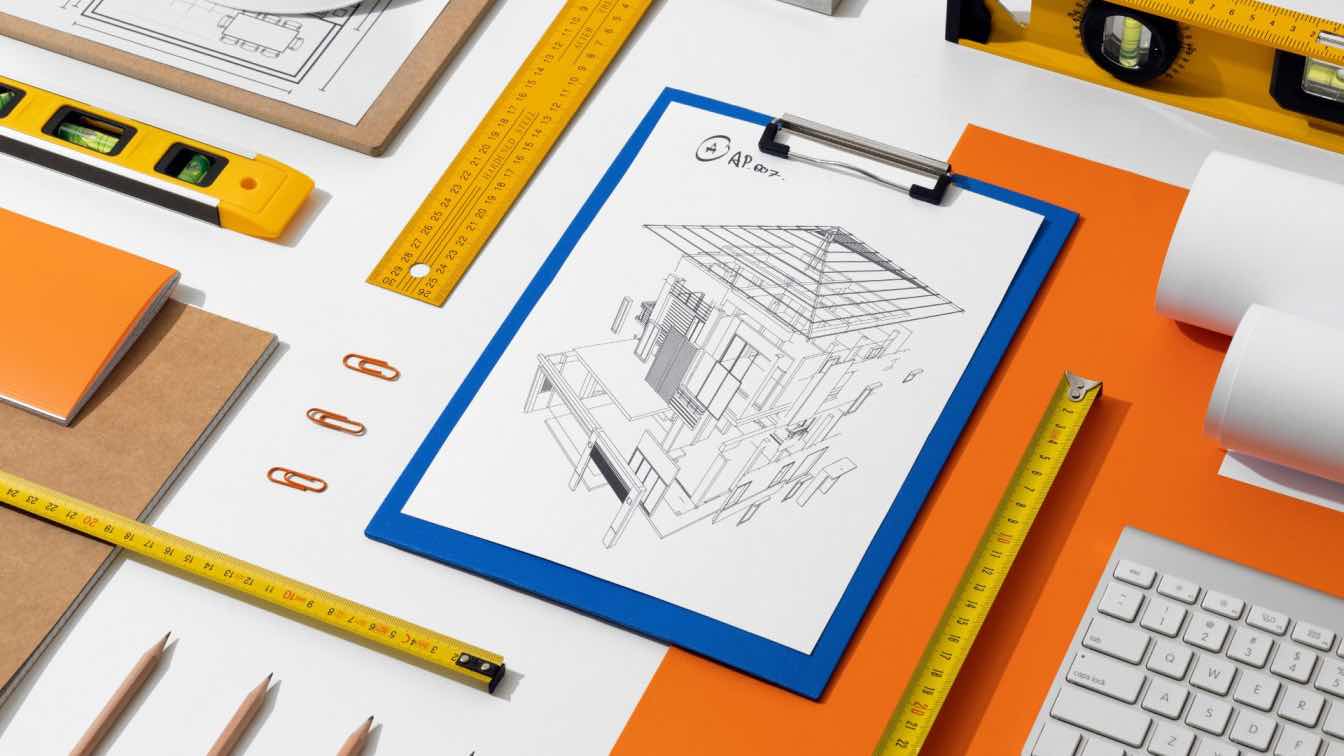In the gaming industry, the term "architecture" takes on a unique meaning, distinct from our everyday understanding. In video games, "architecture" reflects the atmosphere meticulously crafted within the game.
It defines how players engage with and immerse themselves in the virtual world. The architectural aspect of the game impacts immensely the pre-established mood expected from the player and created for them, and creates the backdrop that defines the player's experience.
The game architect's role revolves around shaping the whole experience and impressions. Designers have to be really professional to craft the virtual backdrop and scenery of each video game, infusing it with realism to enhance the player's engagement. Poorly designed games engage no one.
The level of mastery applied to execute the game architecture significantly shapes the whole gaming journey. Interestingly enough, game architecture also serves as a roadmap and a means of milestones that guide the player along the journey without using too obvious cues. This delicate road mapping makes the game even more entertaining because the player intuitively connects with the scenery.
In video games, architecture is incredibly significant; even in simpler games like multi-level online casino slots, design, and architecture will guide the player intuitively along the way. (This is the reason, by the way, why online casino gambling these days is a bit more than a simple concept of “here you can find the best paying online casino and win real money”. Casino games become more and more elaborate and the best software providers make them as impressive as video games at some point).
One of the main functions of game architecture is, of course, to instantly transport the player to the gaming realm and make them believe in a different reality to really become engaged in the game. Visual landscapes literally evoke feelings and emotions, and if they are satisfying and adequately built, players will stay longer, mesmerized by the world they uncovered.
In game design, architecture almost forms a language of a kind that designers use to make players act a certain way or feel a certain feeling. Due to the experiences they create within the virtual space, they make sure that whatever the player is doing they fully interact with the system built for the game. The fuller the interaction, the better the game.
Game Architecture Develops a Realistic Make-Believe World
The properly built world of a game brings players the joy of connecting with diverse characters, enjoying their favorite story or universe, exploring the settings that are impossible in the real world, and spending more time (and money) in the game.
Lack of elaboration, details, and fine-tuning in the game architecture immediately makes the game lose its vibrancy and the whole player’s belief crumbles. If the design is not authentic or even worse, dysfunctional or glitchy, no player stays even if other aspects of the game are good enough.
The games are different and some get inspiration from our real world and everyday phenomena we encounter often, to create a compelling journey. Other games try to create something completely different. However, high-quality architecture is a must at all times to make the player believe.
Details are crucial - the sounds of footsteps, the light, the shadow, and the way the objects in the game interact physically all create the experience needed. Sometimes, players are not even aware of what is wrong with the game; they cannot point a finger, they cannot explain, but they feel that something is off, and this is usually poor architecture.
We now witness the birth of video games in hyper-realistic formats, so realistic that the real world fades compared to them. Interestingly enough, in contrast to the robotic industry, video games cannot be “too realistic”, no uncanny valley effect is shown by the players.
Solitaire Masters offers a captivating twist to the classic card game, providing a platform for enthusiasts to showcase their strategic prowess. With engaging challenges, varying difficulty levels, and a competitive edge, Solitaire Masters immerses players in a thrilling solo card experience, combining skill and entertainment for an addictive gaming journey.
Skillfully Made Architecture Triggers an Emotional Response and Visual Satisfaction
It is not a secret that playing a captivating game often evokes really intense emotions. The brain believes what it sees, and the better the picture it sees and the better it interacts with the visuals, the more it believes that what happens is real. The more the brain of the player believes in what it sees, the more the player is engaged in the game; a loss or failure makes the player extremely annoyed but the joy of playing is also extremely satisfying.
Playing a good game is better than watching a good movie because the player can interact and control the story and influence it. This often triggers emotional responses in gamers who are fully immersed in the activity, and obviously, they want to see and explore high-quality design.
To trigger a proper emotional response, the game architecture has to incorporate spatial arrangements, lighting, soundscapes, ideas, characters, and plotlines. When an aspect or two are off this may still be bearable but if the whole architecture is off, the experience is spoiled.
Architecture Helps Players Engage With The Gaming World
In our hectic lives, navigating busy routines is an everyday challenge. The constant hustle leaves little room for personal time, so many people find it hard to pause and relax because doing nothing at all triggers anxiety.
Playing video games, on the other hand, offers a necessary escape without the need to stay with own thoughts. Instead, a video game’s compelling reality gives something for distraction, new food for thought, and an outlet for accumulated emotions. Powerful engagement with the gaming world creates a safe place for emotions and experiences that people have no space for in their everyday lives. However, only skillfully crafted games with decent architecture can do that, and this is why architecture is so inherently crucial.





